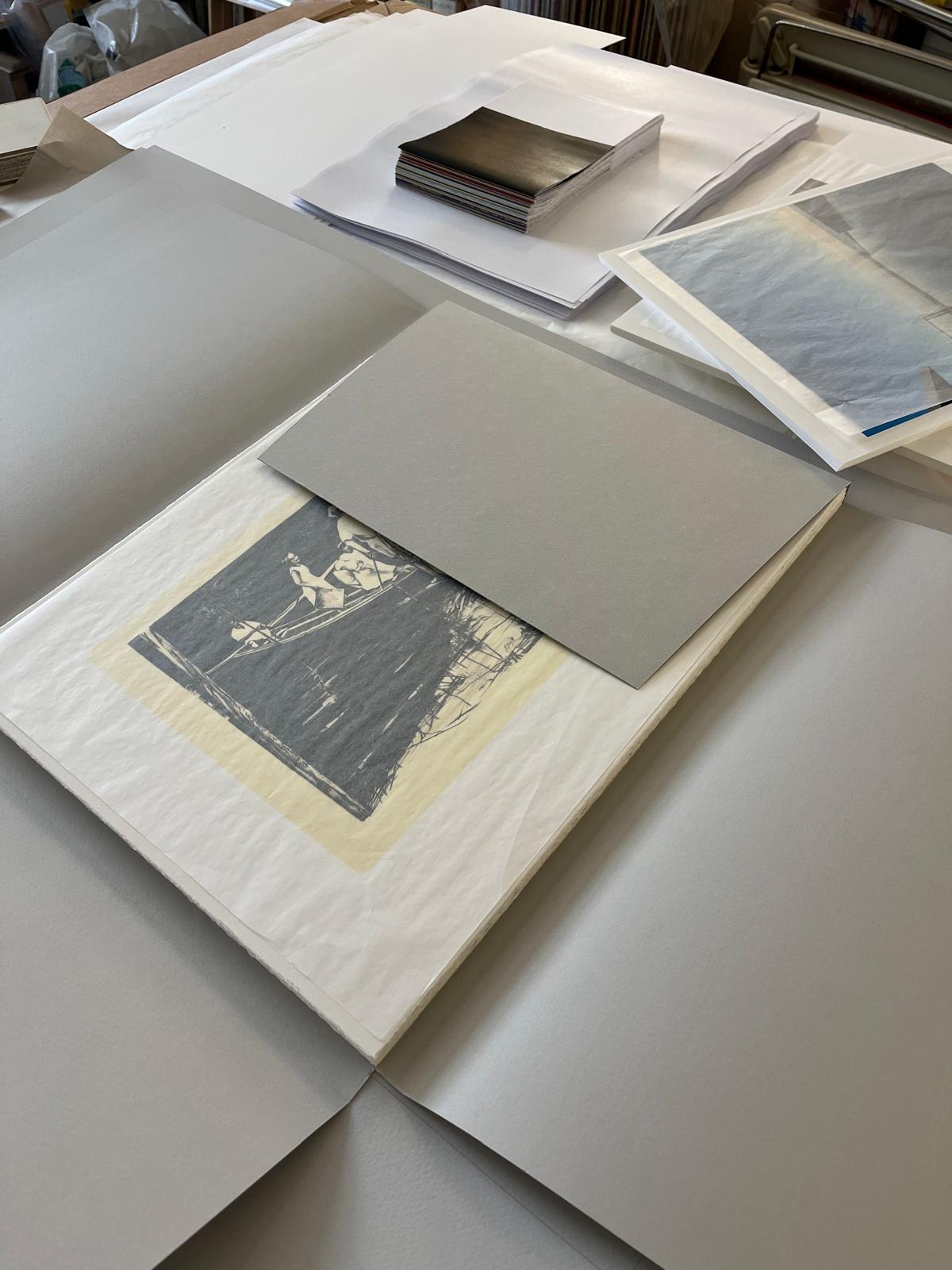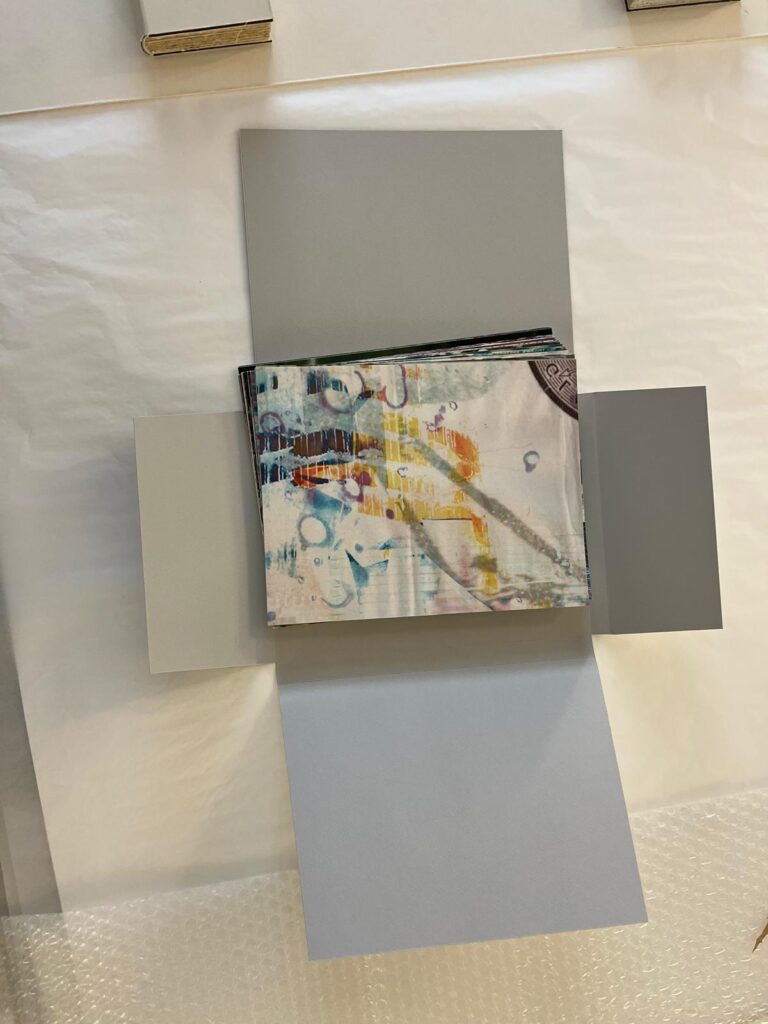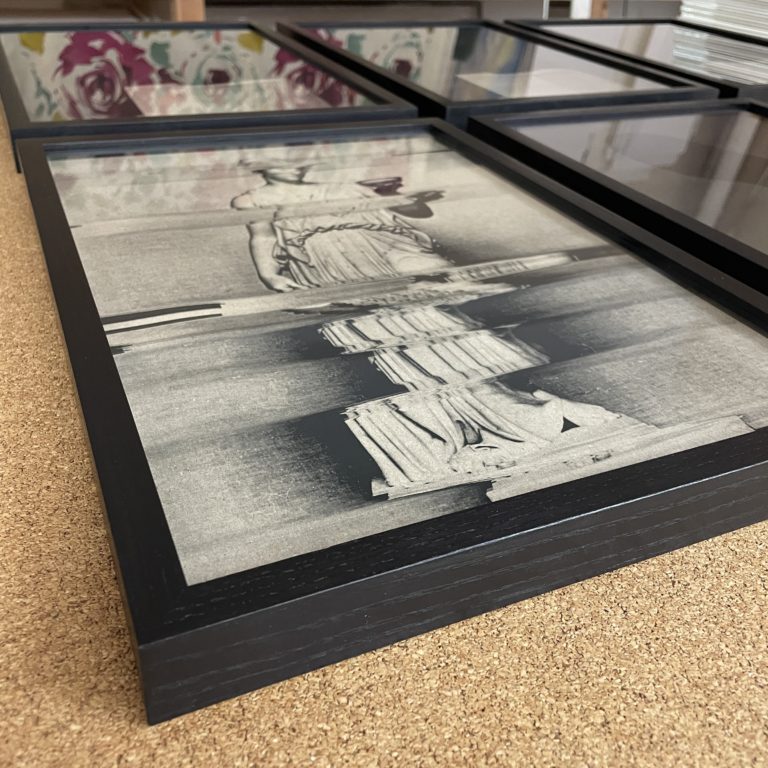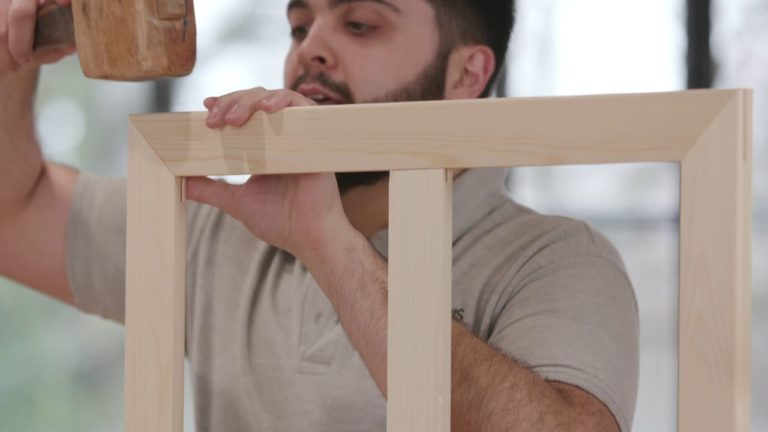Giclée Printing vs Digital Printing: What’s the Difference?
Is Giclée and Digital Printing the same?

If you’ve been researching fine art prints, you’ve likely come across the term giclée printing—often used interchangeably with digital printing. But are they the same thing? And if not, which should you choose for your artwork or photography?
At SE1 Picture Frames, we specialise in museum-quality digital printing that meets and often surpasses the standards traditionally associated with giclée. In this article, we break down the differences between the two and explain how to get the best results for your prints—without the jargon.
What Is Giclée Printing?
Giclée (pronounced zhee-clay) is a French term that means “to spray” and refers to the inkjet printing process. It was coined in the 1990s to distinguish fine art-quality prints from standard inkjet or offset printing.
To be considered a true giclée, a print must typically meet these criteria:
- High-resolution file (usually 300 DPI or above)
- Pigment-based archival inks (not dye-based)
- Acid-free, archival-quality paper or canvas
- Inkjet printing with precise droplet control
Originally, giclée was a marketing term—but over time, it’s come to represent a benchmark for quality, particularly in the art and photography worlds.
What Is Digital Printing?
Digital printing is a broader term that refers to any process where a digital file is printed directly onto a substrate(like paper or canvas), usually with an inkjet or laser printer.
Digital printing can range from low-end desktop printers to high-end archival printing systems, like the one we use at SE1 Picture Frames.
That’s why not all digital prints are giclée—but all giclée prints are a form of digital printing.
Giclée Printing vs Digital Printing: Key Differences
| Feature | Giclée Printing | General Digital Printing |
| Ink Type | Pigment-based archival inks (e.g. UltraChrome HDR) | Can be pigment or dye-based |
| Print Quality | High-resolution, wide colour gamut | Varies—can be low to high quality |
| Paper Quality | Archival, acid-free, often 100% cotton | Can be any stock, including office-grade |
| Longevity | 100–200 years with proper materials | Varies widely depending on ink and paper |
| Applications | Fine art, photography, limited editions | Flyers, posters, business documents, or art |
| Price Point | Higher (reflects museum-grade quality) | Broad range from low-cost to premium |
Why SE1’s Digital Printing Meets (and Exceeds) Giclée Standards
At SE1 Picture Frames, we don’t just print—we deliver gallery-quality, archival-standard prints that align fully with the best giclée practices. Our equipment and materials are carefully selected to provide exceptional results.
Our Printer: Epson Stylus Pro 9880
- Prints up to 2880 x 1440 dpi
- Uses UltraChrome HDR pigment inks
- Trusted by galleries and professionals worldwide
- Produces sharp detail and vibrant colour accuracy
Learn more about our equipment on our digital printing page.
Our Papers: 100% Archival
We print exclusively on museum-grade papers including:
- Somerset Enhanced 330gsm
- Hahnemühle Photo Rag
- Woodstock Superfine 310gsm
- Epson Premium Lustre
Each paper is acid-free, lignin-free, and chosen to complement pigment inks for maximum longevity.
Our Standards: Museum-Grade Results
- 300 DPI files required
- CMYK or colour-corrected workflows
- No shortcuts—every file is reviewed by hand
- Finishing and proofing options available
In short, our digital printing is giclée printing—without the inflated terminology. We’re proud to offer archival digital printing in London that fine artists, photographers, and galleries rely on.
When to Choose Giclée-Level Printing
You should always choose archival-quality digital (giclée-standard) printing when:
- You’re selling limited editions of artwork or photography
- Prints will be exhibited in galleries or museums
- You want the artwork to last over 100 years without fading
- You’re framing for collectors or high-end interiors
- Colour accuracy and detail really matter
If you’re creating flyers or personal gifts, standard digital printing may suffice. But for serious work, giclée-standard quality is essential—and that’s what we deliver at SE1.
Do you offer giclée printing at SE1 Picture Frames?
We don’t label it “giclée” because it’s often misused—but our prints meet or exceed all giclée criteria, including archival pigment inks, museum papers, and expert handling.
What resolution do I need for giclée-quality prints?
We recommend a minimum of 300 DPI at final print size. Lower resolution can result in soft or pixelated prints.
Are your papers archival?
Yes—all our papers are acid-free, lignin-free, and designed for long-term display. Learn more on our digital printing services page.
Is giclée printing more expensive?
It can be—but at SE1, we price our archival-quality printing fairly and transparently. See our current pricing or request a quote.
Can I get a test print first?
Yes! We offer a proofing service on Woodstock Superfine 310gsm (£65 + VAT per metre) to ensure your colours and layout are perfect.
Address
BY APPOINTMENT ONLY
SE1 Picture Frames, Alaska Buildings,
61 Grange Road, London,
SE1 3BH, United Kingdom
Nearest tube: London Bridge, Bermondsey, Borough
Bus: Number 1 and 78.
Free visitor parking available:
Entrance is via Bacon Grove just off Grange road. Enter the Alaska Buildings through the large electric gate. Push buzzer and speak to security to gain access.
Email Address
Phone Numbers
Contact us
We are usually on site but to avoid disappointment and to allow us plenty of time to discuss your project with you, please contact us and book an appointment before you set off.
On arrival please report to security.
Request a Quote
Please be aware that an accurate quote is usually only possible once we have seen the art work and discussed all possibilities with you. Our standard framing is to conservation standards and this will be reflected in the quote unless otherwise specified.






